Cotton fabric is made from cotton fiber. Cotton fiber is naturally occurring and grows as a protective casing around the seeds of a cotton shrub. The fiber is 90% cellulose. Cellulose is the structural compound found in plants. It is sometimes broken down for use in semi-synthetic fibers and often used to create paper or cardboard products.
Cotton shrubs are native to tropical and subtropical climates. The plants need a long growing season with moderate rain, no frost, and an abundance of sunshine. Cotton does not need exceptionally nutrient rich soil. The crops are grown in annual cycles in order to stave off pests, though the shrub is naturally a perennial.
Cotton fabric is ancient. Archaeologists have proven that cotton fiber was made into fabric and used in prehistoric times, as far back as 6000 to 5000 BC.
Currently, it’s estimated that 25 million metric tons of cotton are produced worldwide each year and that cotton crops take up 2.5% of the world’s farmable land.
cotton fabric properties
Cotton fabric is very versatile. It is spun into soft knitting yarns and woven into absorbent terry cloth towels. Cotton is used to create durable denim for blue jeans and soft and breathable undies. It is absorbent, soft to the touch, lightweight, durable, and breathable. Cotton fabric washes and irons easily.
cotton fabric & the environment
Due to cotton’s high thirst and attractiveness to pests, the crop can pose great environmental threat. Unfortunately, many cotton growers use irrigation systems that consume large amounts of water. For example, 660 gallons of water are consumed to grow the cotton fiber that goes into just one t-shirt. The cotton that goes into one pair of denim jeans uses 2,113 gallons of water. Of course, the share of those gallons that is irrigated depends on climate and rainfall.
Cotton crops attract a wide range of pests. This vulnerability has inspired a heavy reliance on pesticides and genetic modification. In fact, more pesticides are used to grow cotton than are used for any other crop. Now, get ready for the really scary stuff.

genetically modified (GMO) cotton & pesticides
Some cotton is genetically modified to increase the crop’s resistance to pests. The genetic modifications are an attempt to create crops that are heartier and therefor easier to grow. The genetic engineering also generates huge profits for the company selling the seed. Genetically engineering the seed allows the company to patent a seed and charge exorbitantly higher prices. In response to these GMO crops, nature is adapting and developing both ‘superweeds’ and more resilient insects.
GMO cotton was introduced to fields in 1996. By 2011, pesticide use had already increased by 404 million pounds in the US alone. This huge influx of pesticide use is in response to the super weeds and super insects. Some agriculture researchers estimate that farmers are increasing their herbicide use by 25% each year. Further, insecticide use appeared to drop between 1996 and 2011, but is now on the rise.
Some of the most widely used chemicals for cotton farming are known carcinogens. These chemicals (dicofol, naled, and propagate, to name just a few) are classified by the US EPA as Category I and II. This means the EPA has determined these chemicals to be of the highest toxicity. They are known to cause cancer, be neurotoxins, and interfere with reproduction and development.
Despite this, cotton producers continue to use these chemicals. Not only are workers subject to contact with these chemicals on a daily basis, but the highly toxic chemicals run into the ground water supply and contaminate the surrounding ecosystem. Further, it’s estimated that 75% of the pesticide sprayed on the crop misses the target. Besides migrating through our water and air systems, the pesticides remain in the soil of the farms, as well as in the harvested cotton which becomes our clothing, towels, bedsheets, baby diapers, and tampons.
Though cotton is a natural fiber, there are unfortunately some very unnatural (and scary) bits in its production. Fortunately, there is a great solution available: organic cotton.

what is organic cotton
Most of us understand by now that going organic has benefits that reach much further than our personal health. Organic standards outline improvements in farming methods that benefit workers, producers, consumers, and our environment. Importantly, these benefits are long lasting.
Organic standards that apply to cotton production start from the very beginning and prohibit the use of GMO or treated seeds. Actually, requirements extend back a bit before the beginning. Organic cotton must be grown in soil that does not have any chemicals remaining from former crops. This clean healthy soil greatly benefits the cotton crops. Crop rotation helps create and maintain a natural balance, and more organic matter in the soil traps moisture, which we now know cotton needs a lot of.
The processes of farming and producing organic cotton are extremely simple. Organic cotton is harvested after the plants naturally defoliate due to frosts or access to less water. This defoliation marks the end of the growing season. In non-organic cotton farming, defoliation is prompted by yet another toxic chemical spray. Organic cotton is whitened with a safe and nontoxic process using peroxide. While non-organic cotton is whitened with chlorine bleach, a process that releases more toxic byproducts into the environment. Organic cotton is finished with a mixture of warm water and soda ash. Non-organic cotton is treated with hot water, synthetic surfactants, and finishing chemicals often including formaldehyde.
Full organic certification ensures that even the dyeing and printing processes used to style the clothing is low impact on the environment. Additionally, organic certification has a number of fair trade requirements. These requirements include living wages, health and safety standards, and a non-discriminatory environment for workers.
what is Cupro
Cupro is a semi-synthetic fabric derived from the downy cotton linter. The cotton linter is a part of the cotton plant that is often considered waste and thus discarded. Cupro is temperature and moisture regulating, extremely gentle to sensitive skin, static free, and soft and silky to the touch. It can be an environmentally friendly fabric. For a full rundown on Cupro, check out Cupro and other semi-synthetic fabrics.
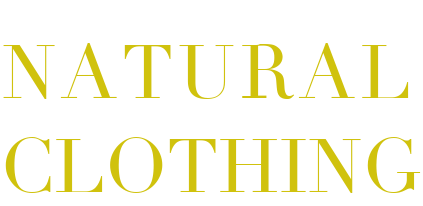

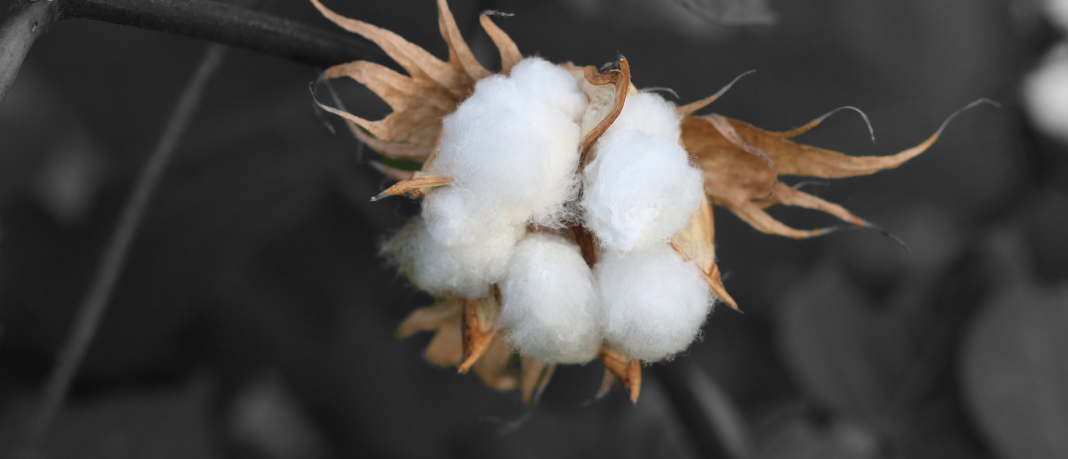


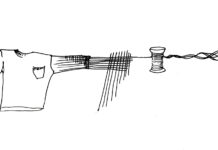

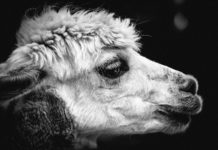

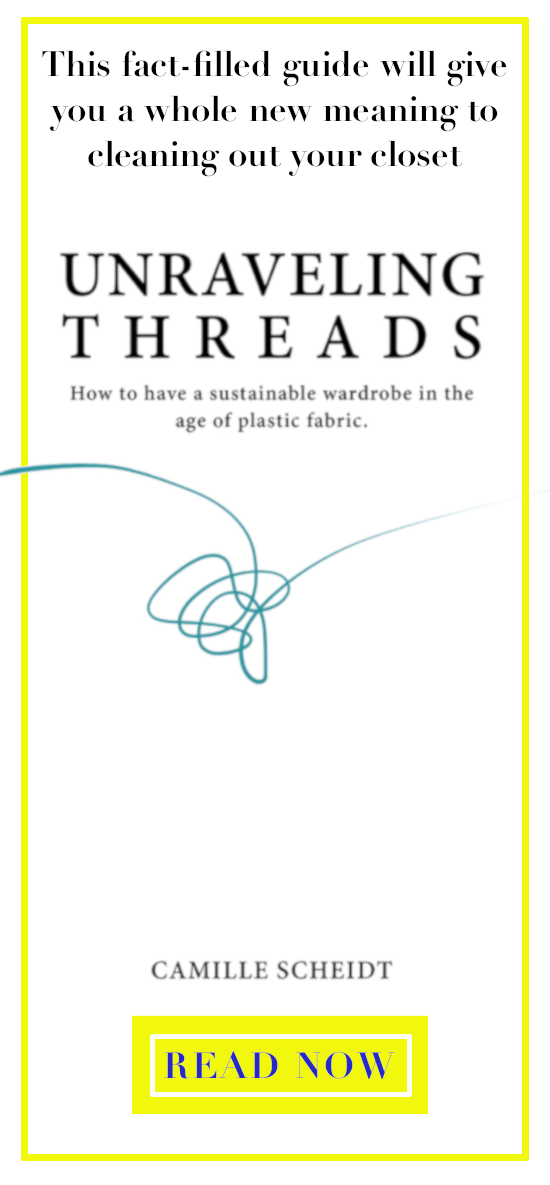




[…] for people with asthma, as the cotton does not release small particles that can cause an attack. Cotton easily releases dirt and grime, thus removing the necessity to remove stains with harsh chemicals […]